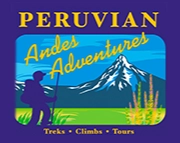Experience the thrill & adventure of climbing in the Cordillera Blanca in the Peruvian Andes with our professional local Peru UIAGM guides.
We offer a range of climbing & mountaineering adventures including:
- Climbing instruction from beginner to experienced level climbers
- Summits suitable for beginner level climbers, intermediate or advanced climbers
- Technical & challenging climbing
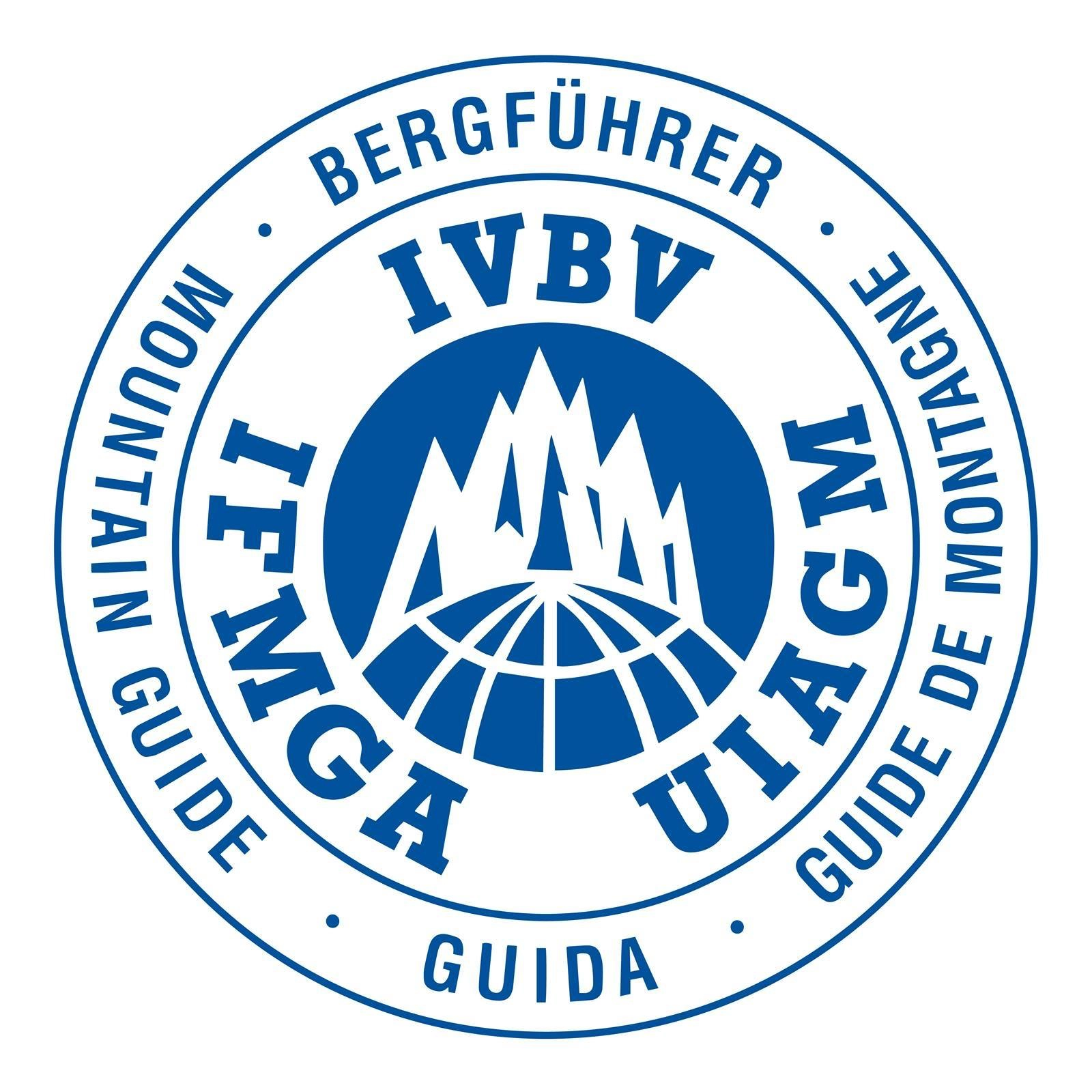
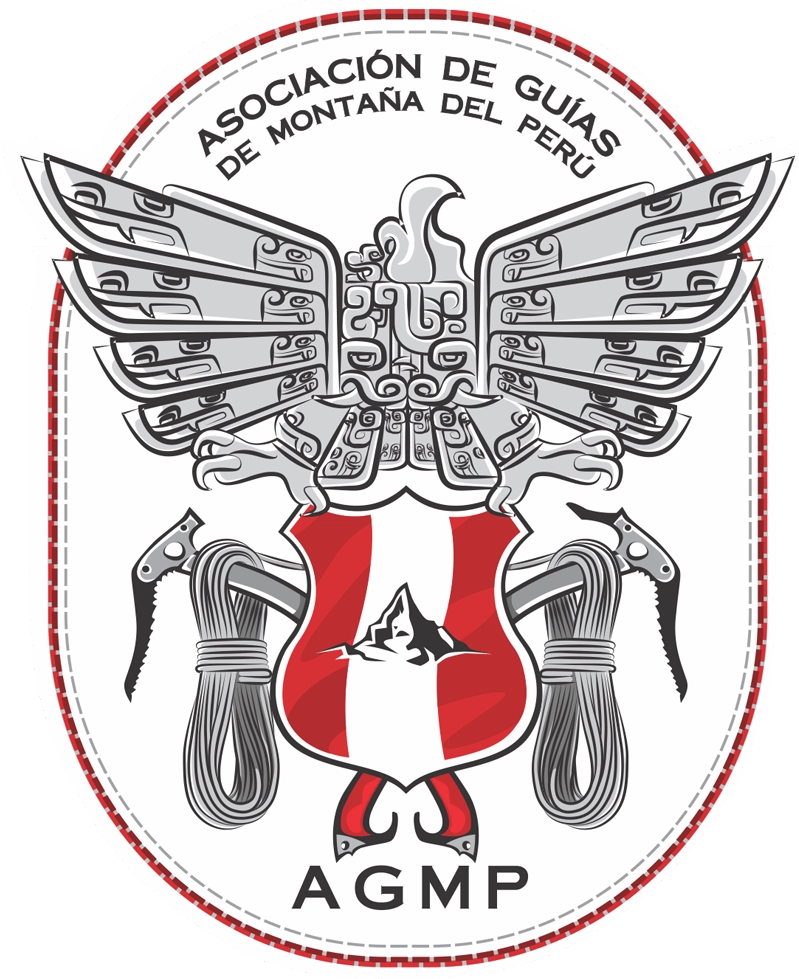


Hisao & Eli Morales – UIAGM Guides & Owners of Peruvian Andes Adventures
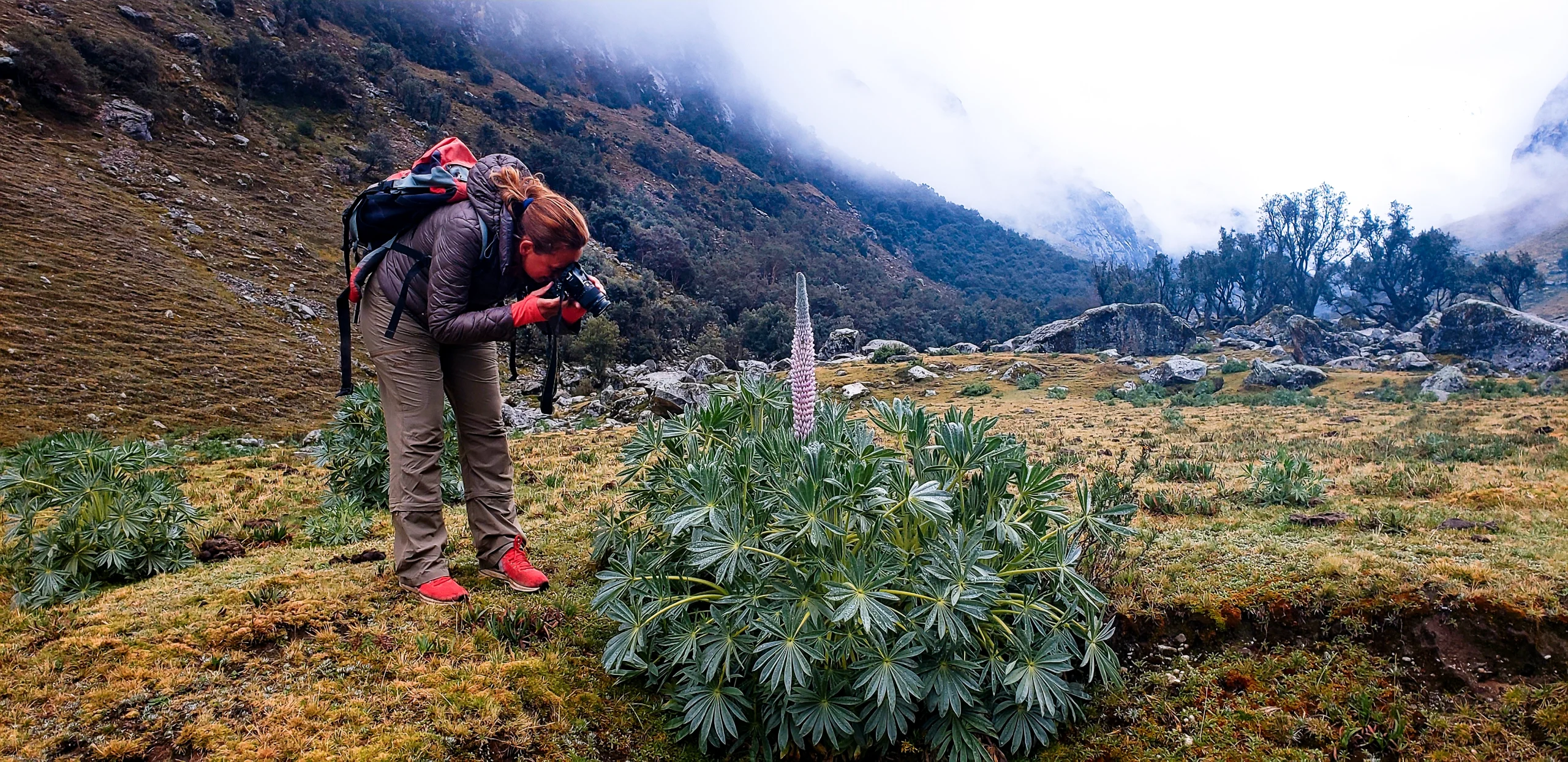
Climbing with Peruvian Andes Adventures Means:
- Professional qualified guides - UIAGM
- Individualised advice & program to suit your abilities
- High guide to client ratio
- Emphasis on safety
- Companionship
- Challenge
- ADVENTURE
Climbs
For easy reference we have grouped the climbs into the categories that our clients most frequently ask for

Beginner Climbs
- Less than 6000m, non-technical
- Suitable for people who have never climbed on snow and ice before – with rope, ice axe and crampons
- Good fitness and strength necessary
- Also good “warm up” or acclimatisation climbs for those climbing intermediate, technical or 6000m peaks
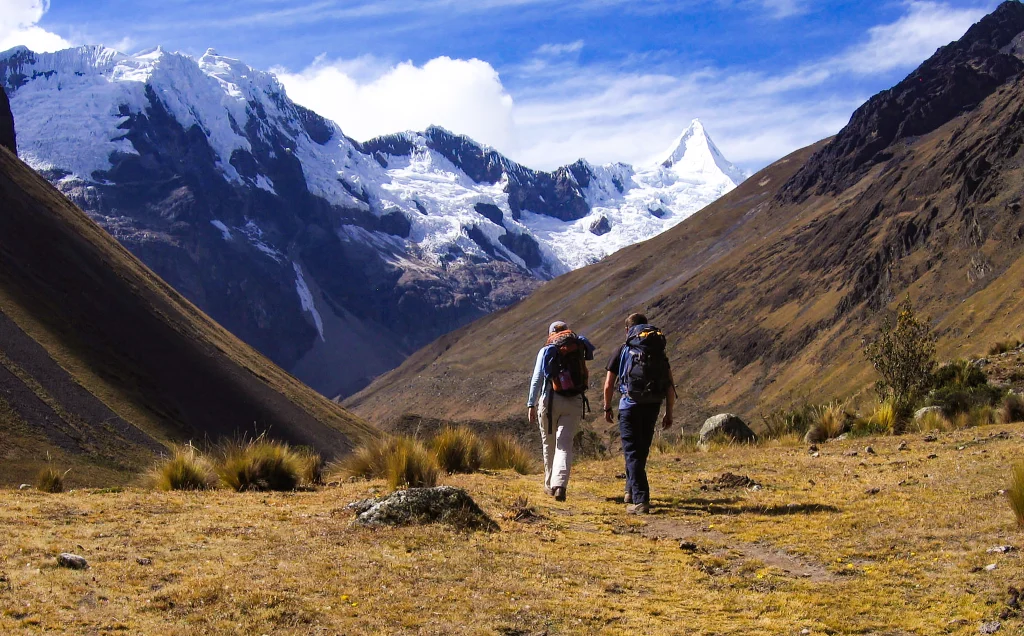
Intermediate Climbs
- Will have some sections of steeper and technical climbing mixed with easier non-technical sections
- We highly recommend that you have some previous climbing experience on steep ice and are confident with the basic techniques with crampons and ice axe, some steep ice climbing, 2 technical ice axes used on some peaks, belayed climbing and descent by rappel and be familiar with use of anchors, self-rescue – assisted by our guides
- Peaks described as suitable for intermediate climbers can also be good options for strong novice climbers who have received some instruction & have good basic climbing techniques.

Technical / Advanced Climbs
- Climbers need to be experienced and confident with using two ice tools on steep ice, and comfortable with using ice screws, snow stakes, anchor systems and descent by rappel, rescue techniques
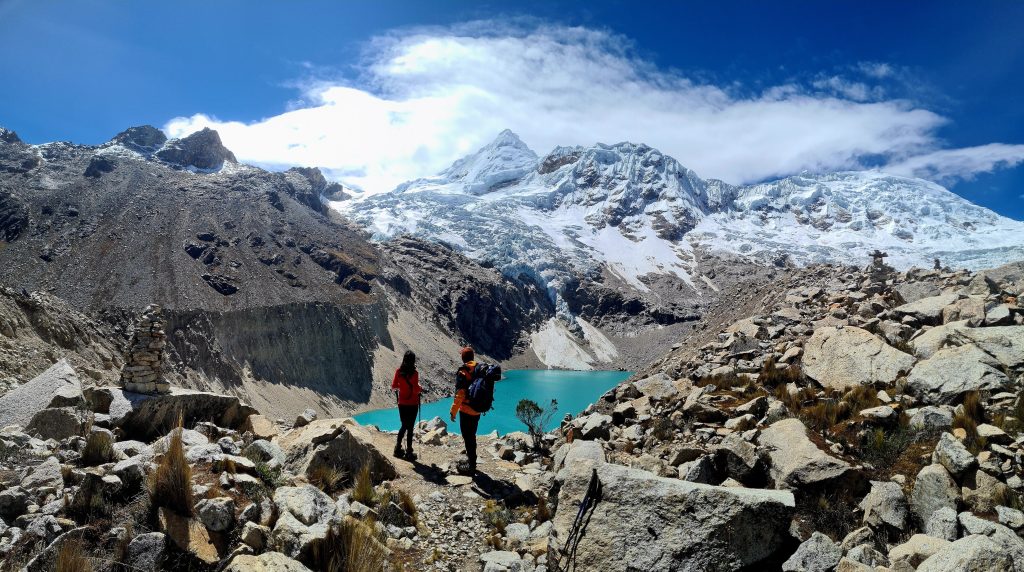
Climbing Instruction Courses
- Options from beginners to advanced level 3 to 5 days instruction courses
- Also extended programs with instruction course followed by climbing one or more peaks – options for beginner, intermediate through to 6000m or technical peaks for the follow up climbs
General cordillera blanca
climbs information
Acclimatisation
Good acclimatisation to the altitude is important before attempting any climbing in the Cordillera Blanca
You are sleeping & climbing above 5000m and this is very demanding and tiring for the body. Without sufficient acclimatisation the chances of becoming ill with altitude issues on the mountain are high, or you may experience a complete loss of energy and be unable to continue with the climb.
We always recommend an acclimatisation trek of minimum 3 days or a series of day hikes to higher altitudes before departing to climb. We can advise on a suitable acclimatization program including day hikes and an acclimatisation trek. For climbing 6000m or technical peaks we additionally recommend a “warm up” climb of a 5000m peak for extra acclimatisation and strength. A “warm up” climb also gives you time to develop a good relationship, bond and trust with your guide before commencing the harder climb.
Dates & Groups
We do not have fixed departure dates for our climbing trips, but instead organise them on demand to suit clients travel plans. If you would like to join up with other people to have some company and to share costs, we can advertise your trip dates on our Join a Group Page
Support & Safety:
Guides:
All climbs are led by a qualified & licensed UIAGM International Mountain Guide. Assistant guides are licensed aspirant guides, members of Peruvian Mountain Guides Association. English speaking guides are available.
Client to Guide Ratio:
5000m and non-technical peaks:
- maximum 3 clients per guide
- lead guide is UIAGM, assistant guides are Aspirants
6000m and technical peaks:
- maximum 2 clients per guide
- lead guide is UIAGM, assistant guides are either Aspirants or UIAGM depending on the peak
- technical climbs of Artesonraju, Huascaran and Alpamayo – UIAGM guides only
Evacuation:
Climbing Groups are organised so that in the event of an accident, illness or tiredness there are always sufficient qualified climbing staff on the mountain to effect a rescue and / or evacuate clients safely back down the mountain
Guides have first aid training and carry a first aid kit & there is an emergency stretcher at base camp
We have a company evacuation policy and the guides are trained in what to do.
There is 24 hours communication to our office from where an evacuation will be co-ordinated. If necessary a rescue team from our company will be arranged
There is no helicopter rescue service in the Cordillera Blanca
Mobile phone coverage is at base camp on many climbs or there is emergency radio contact from base camps. On technical peaks where there is not base camp communication or no mobile phone coverage up on the mountain we have a sat phone. Guide has walkie talkie communication with base camp
Carrying:
Donkeys carry equipment to Base Camps on most of the mountains. Climbs are supported by porters who carry tents, equipment and food, but YOU need to carry your own sleeping bag, mattress, personal clothes and climbing gear where we use high camps. You can request to hire a private porter if you do not wish to carry your own equipment.
Base Camp:
In Base Camp we have a cook & dining tent with tables and chairs and a toilet tent, and full meals with fresh produce are prepared. At camps on the mountains light food and dehydrated food is prepared. Poo tubes with plastic bags are used to remove toilet waste from high camps on the ice.
Glacier Conditions, Weather & Time to Go:
The months when there is generally more settled weather are from May to September
The safer times to be climbing peaks depends on the altitude of the peak and the technical difficulty
5000m peaks and non-technical peaks can be climbed from May through to September. Low season climbing (October to April) is also possible, but summit success can be subject to good weather
6000m peaks and technical peaks generally are in better condition from around mid-June through to late August but some peaks are considered safe to attempt only in July & August
Global warming is causing weather conditions to be less predictable than in the past and in recent years there have been periods of bad weather and high winds during the so-called “dry” months of June, July & August. It cannot be guaranteed that there will be good climbing weather during the months of the recognised climbing season. High mountain weather is always volatile and you need to be prepared for sudden weather changes.
Glaciers in the Andes are retreating rapidly, with some glaciers that were climbed 30 years ago having now completely disappeared. This is causing conditions on the ice to change rapidly. This means that the routes used and the conditions on all the peaks are changing each year and even each month. The descriptions we have given are general only, and the routes used, conditions on the mountain or description of the routes may change considerably on the day you are climbing. Descriptions of routes in some guide books may also be out-dated.

Grading:
The grading of the climbs is an indication only of the level of difficulty.
We consider even climbs suitable for beginner climbers to be medium to hard to reflect that the altitude makes climbing on any Cordillera Blanca peak physically demanding. Although many guidebooks describe some peaks as being “trekkers peaks” the approaches to all the mountains involve a steep & challenging hike up through moraine rock to reach the glacier and often there are short sections of steep climbing on ice even on the so-called “easier / beginner” peaks.
We do NOT consider that any climb in the Cordillera Blanca can be classified as a “trekking peak”. Altitude and terrain make all climbs physically demanding. A climb should only be considered if you are well acclimatised and generally already in good physical condition.
Grades are based on the French alpine grading system.
These are a general indication only of difficulty. Routes and conditions on all mountains are changing rapidly and level of difficulty may have changed at the time you are on any mountain.
PD (moderate) – Moderate snow climbs – a rope is necessary
AD (reasonably hard) – Routes with a fair amount of difficult climbing – snow & ice experience required
D (hard) – A reasonable amount of serious climbs of snow & ice with pitches up to severe standards
TD (very hard) – Very difficult, long serious climbs
Climbing Equipment:
Our climbing guides provide group rope, snow stakes and ice screws. You need to provide your own personal climbing equipment. It is available for hire in Huaraz and we can help organise gear hire for you. A complete gear list is provided when you inquire about climbing trips.
Insurance:
We recommend clients obtain mountaineering & travel insurance. The policy should cover activities of mountaineering and include medical, rescue from the mountains, evacuation and repatriation expenses, loss of personal items or money, costs associated with cancellation of flights or other disruption to travel.
Peru Police will NOT initiate any mountain rescue in the case of any serious incident (such as avalanche or crevasse fall) until they have received either payment by cash in advance or guarantee of payment to cover the costs of rescue. It is clients responsibility to carry insurance to cover the cost of rescue.
You can combine any two or more of the peaks for an extended climbing expedition.
For suggestions, information, advice & prices




